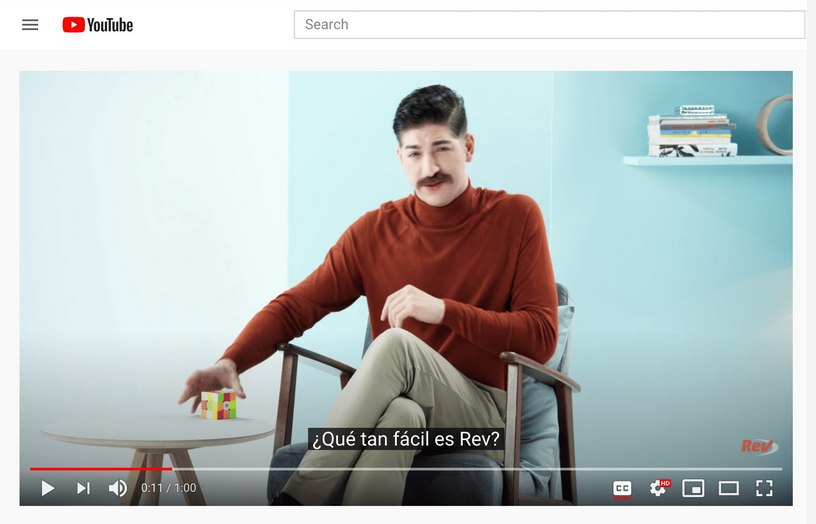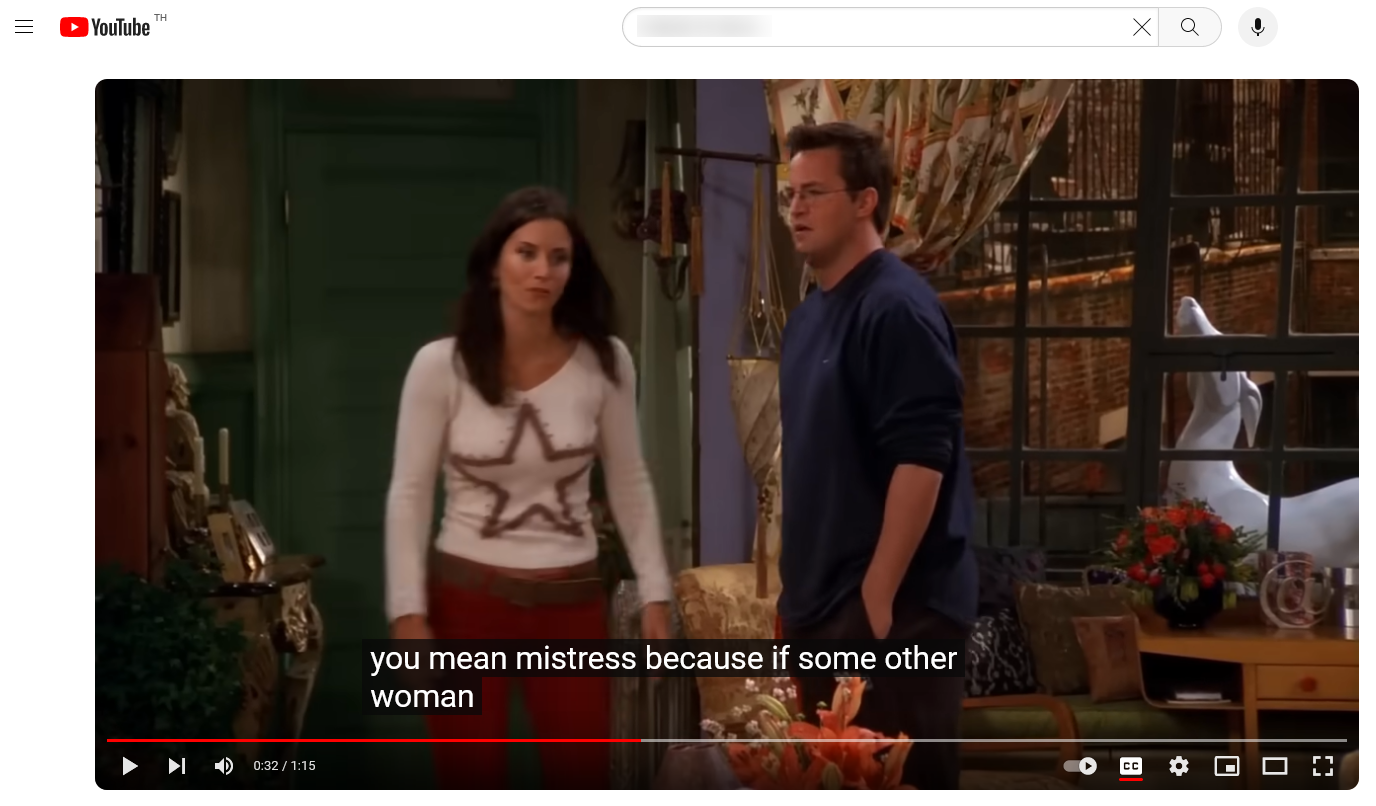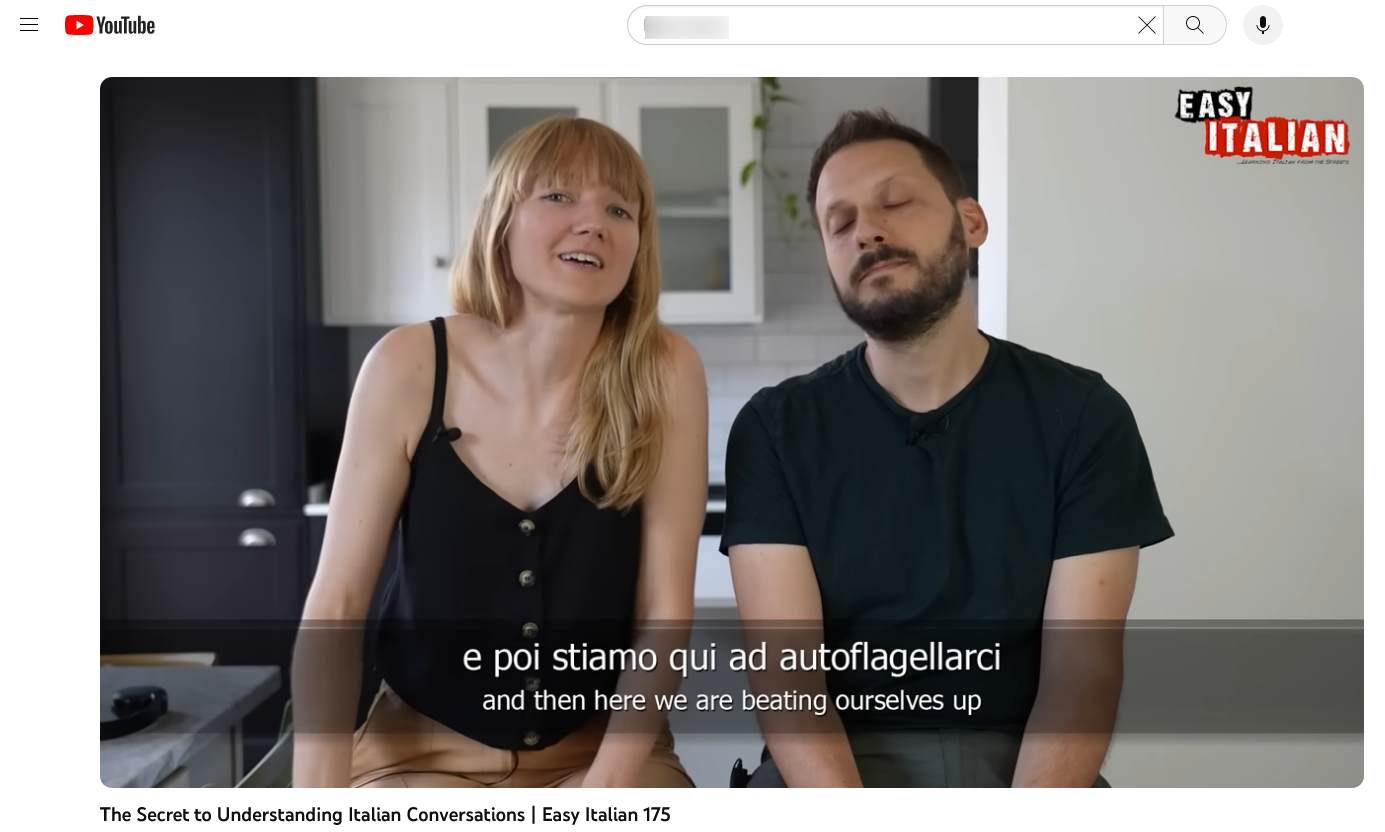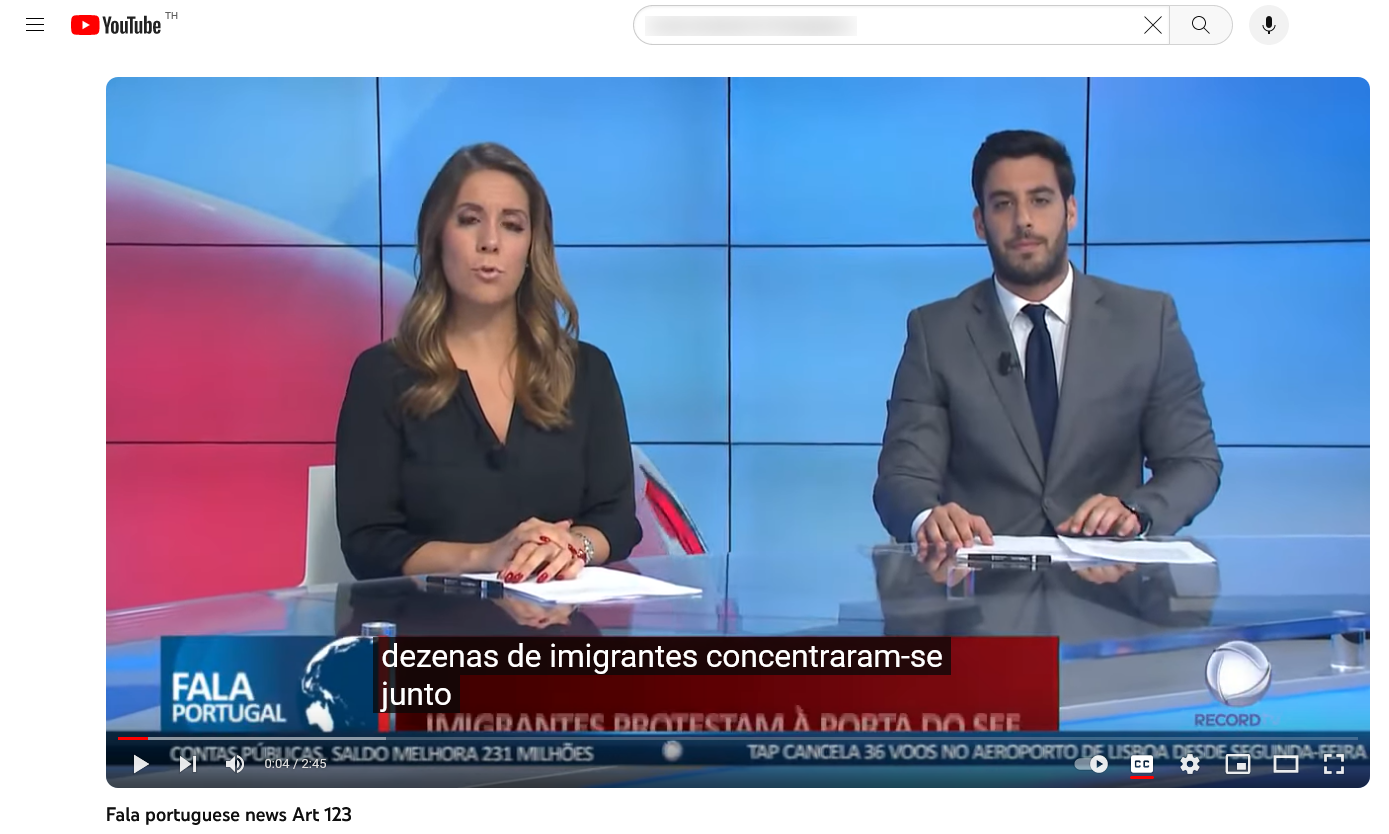What Types of Videos are Best for Language Learning?
Read other articles:
Back to posts
Table of Contents

The power of video for enhancing language learning is well established. But are all videos in the target language good to learn from?
What qualities do videos need to possess to be an effective learning aid?
And which types of videos should you be on the lookout for so that you can use your language-learning time most efficiently?
Native language video clips, movies, TV series, newscasts, documentaries and so on are all potentially highly effective resources available at your fingertips.
So, if you’re looking to go beyond “travel Spanish”, “vacation French” or “basic Italian” to truly master your target foreign language, here’s what you need to know about video to take the next step on your journey…
Why is video one of the best methods for learning a language?

Immersion is generally considered to be one of the fastest ways to acquire language.
It’s generally how children learn their native language and is somewhat akin to teaching people to swim by throwing them into the deep end of the pool: it can be challenging but effective.
However, learning a language through immersion becomes challenging if you don’t live in a place where your target language is spoken. Few people in that situation can surround themselves with native speakers without spending a lot of money.
Online content and video have changed that. Videos provide almost limitless access to native speakers, covering an endless array of topics, using the language of different proficiency levels and often with subtitles that explain meanings.
Benefits of learning through videos
This access to native speakers is a primary benefit of learning a foreign language from video resources. But there are others too:
- Motivational: video can inspire language learners to aim higher. Video is well-known as the most engaging form of content (especially for younger learners) and it’s the preferred way for many individuals to digest content. This means you often win the first battle by grabbing attention, allowing learning to happen more naturally from there.
- Anxiety-free: people normally watch videos in a relaxed, anxiety-free setting, which many language experts believe is the best environment for learning.
- Memorable: the visual and aural stimulation provided by video can focus a learner’s attention and make learning points more memorable than from textbooks, flashcards, etc.
- Meaningful: the cultural context that video can provide links new phrases and vocabulary to particular situations, making it more meaningful and, by extension, more memorable. With videos, you also get to see facial expressions, gestures and other mannerisms of native speakers.
- Active and passive learning: you can simply follow the plot or admire a character’s looks while people are talking to him/her (passive learning) or try to work out a particular phrase that the character is saying (active learning). Experts generally consider this combination of active and passive learning effective for language learning.
What qualities must videos have for effective language learning?

We’ve identified three main qualities you should look for in language-learning videos for the most effective learning experiences:
- Highly engaging: you need to focus on topics that interest you. Videos are likely available in the target language covering items of interest — whether it’s crime movies, TV series about drug smugglers, nature documentaries, current affairs newscasts, videos about buying a house…whatever engages you can be effective at teaching you the language, especially if there are peers or other people with whom you can share the experience and discuss the topic (this can encourage you to delve deeper).
- Subtitles: foreign language videos have greater educational benefits when they are subtitled. This way, when viewers hear a new word, they can check its meaning in their first language.
- Repetitive storylines: helpful for reinforcing language. Watching multiple movies on the same topic or a series with recurring life situations can improve your understanding. For instance, if you enjoy The Simpsons, Bart and Homer often find themselves in similar situations. They use the same language repeatedly. One of the great things about on-demand video is that you can rewatch the same episode as many times as you like.
7 video types you can use to learn a foreign language
You know why video is effective and the qualities to look for in videos when learning a language. Specifically, then, where should you focus your language-learning efforts? Here are seven types of videos to target:
1. Videos covering your hobbies and interests
Whether your passion is playing video games, K-pop or trail running, you’ve likely discovered that there’s a lot of video content available for your interests and hobbies. There are probably entire channels on YouTube dedicated to these topics.
If you can locate this content in your target language (with subtitles), you’re in luck as this can be an amazing learning aid for you.
The familiar context that this type of video provides should help you understand relevant new words and phrases quickly and make great strides with the language.
2. Your favourite TV shows

This New York Times article covers the story of how professional baseball players from Latin America learned English by watching the TV show “Friends” with Spanish subtitles repeatedly.
It was almost obsessive — one player watched every episode (over 10 seasons) at least five times. I’m not sure what it is about “Friends” but the Liverpool manager, Jürgen Klopp and the K-Pop idol Rap Monster (RM) also learned English that way.
Another good example is students learning Japanese from anime, which is a popular hand-drawn type of animation. Students without any formal training in Japanese have picked up a decent working knowledge of the language just by repeatedly watching cartoons.
Learning a language from a subtitled version of your favourite TV show or other production is quite common. It’s an easy way to get exposure to native speakers in a low-threat environment that provides great context and also entertains. And, remember, repetition is a good strategy for language learning.
3. Your favorite movies
Access to subtitled movies on-demand is now very easy on platforms like Netflix, HBO and YouTube. Like with TV shows, movies provide an engaging, entertaining environment for learning with visual and audio cues that can hold attention and interest.
If you choose movies (dubbed in your target language) that you already know and love — with subtitles — you’ll understand the storyline and can focus more on the language used by the characters.
4. Videos from language teachers

Some excellent YouTube channels are run by native-speaking foreign language tutors. Their goal is to help others learn their language.
The smartest tutors use video for much more than just setting up a virtual classroom. They don’t rely on simply teaching grammar rules and vocabulary lists. That approach gets old quickly and isn’t very effective for language learning. It also wastes the potential for video to be engaging, entertaining, and memorable.
Tutors who take viewers on a journey through the language in different contexts are usually the most popular. These language teachers tend to be more successful on YouTube over time — because they’re more interesting.
Remember, too, that language acquisition is most effective when lessons are in the target language rather than your first language.
5. Videos from polyglots
Polyglots are people who speak multiple languages fluently. They can be a great resource to help you because they’ve already navigated many of the same obstacles that you’re facing with learning a language and are highly motivated to help others.
Although polyglots are not necessarily native speakers of the language you’re targeting, many speak multiple languages to a close-to-native-speaker level.
Many such language experts also have language channels or other web resources to help you learn. A good YouTube example that passes on valuable language learning tips and strategies is Lindie Botes (+330,000 subscribers) but you can easily find channels that are more specific for your target language.

6. Videos on your favourite music channels
We usually listen to our favourite songs over and over again. This repetition can be a useful aid to learning languages as we already discovered with Latin American baseball players.
Playing songs in the target language again and again (with subtitles) can help understand and remember the lyrics as well as add to the enjoyment of the song.
One caveat with learning from songs; It’s probably not much use walking around saying “Bye Bye Miss American Pie” or “Put A Ring On It”. Similarly, if you’re intent on learning Korean from K-pop lyrics, remember that the phrases used in songs are not always how people speak in real life!
7. News channels
If you’re aiming to speak a language at a near-native level, news channels in the target language can be useful. This is especially true if you’re a news enthusiast or interested in current affairs.
Keep in mind that newscasters use a different type of language than most TV shows, movies, and songs. News language tends to be more formal. It may challenge your vocabulary, as more complex words are often used to describe events. Pronunciation is also more precise compared to other types of video.
Watching news videos can give you a more well-rounded understanding of the language. However, it’s important to recognize when formal news language is appropriate, and when TV-show language is better suited.
Turning on a native-speaking news channel in the background can increase your exposure to the target language. If you want to be more active, try following the stories with subtitles. You can also use our free app to boost your understanding of specific words and phrases.

Use our free app to learn from video
You can find all seven types of videos described above on YouTube — and some on video-on-demand platforms like Netflix.
Video-based language learning is easiest when you know the type of video that is most effective and apply the available technology to the learning experience. Try our free Chrome Extension, which combines AI with video to help learners build language fluency from subtitled videos.
Read other articles:
Back to posts
